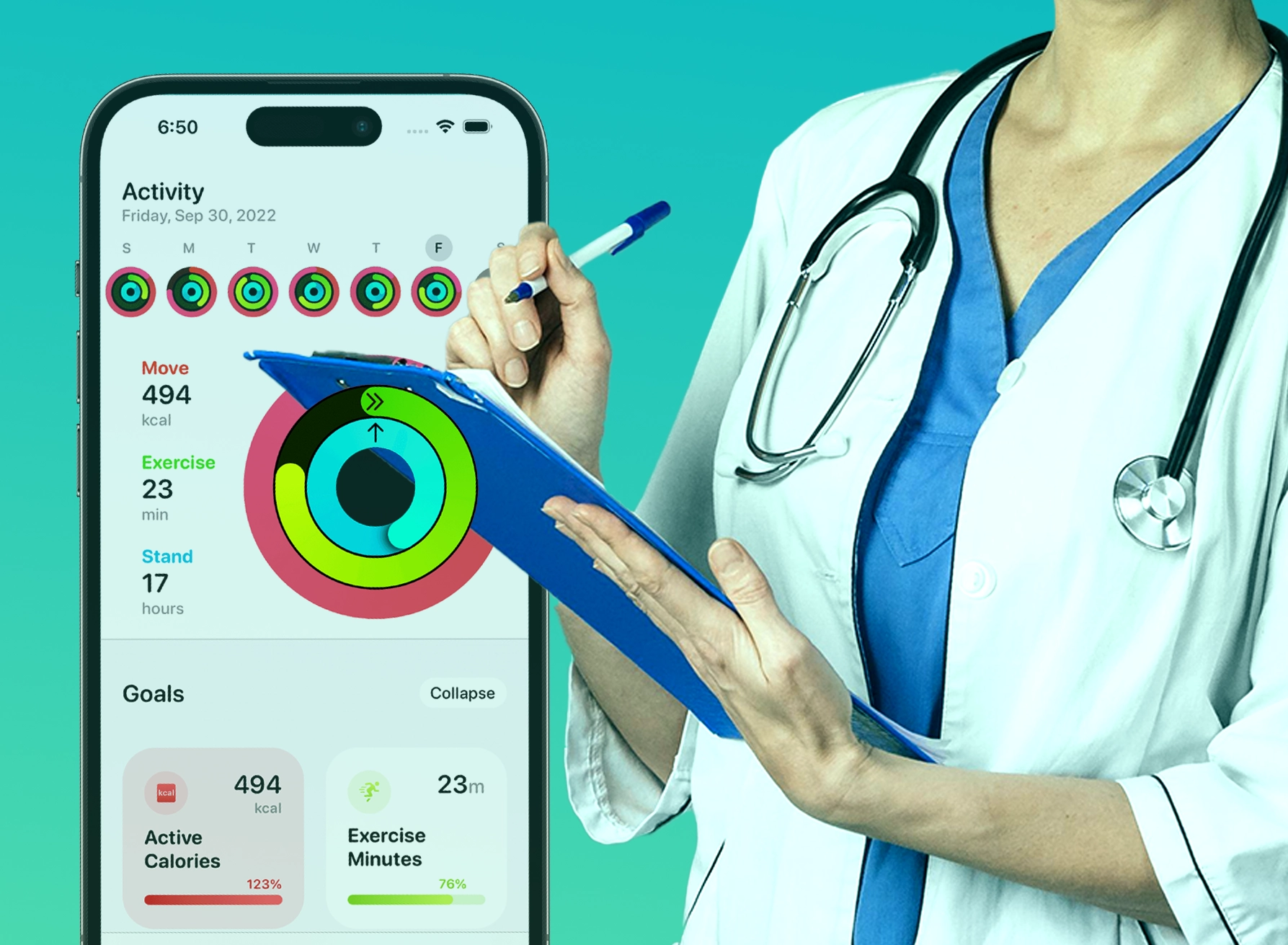Statistical data shows that 70% of health insurers are actively exploring wearable device integration for preventive care programs (Accenture).
This shift represents a fundamental change in how health insurers approach customer engagement and prevention strategies. Rather than waiting for claims, forward-thinking insurers are leveraging fitness tracking technology to create proactive health ecosystems.
The traditional approach to health insurance focused on reactive claim processing. Today's most successful prevention programs combine digital health tools with local partnerships to create comprehensive wellness experiences. When health insurers integrate fitness data with regional health services, they create powerful incentive systems that drive real behavior change.
Understanding the Fitness Data Integration Landscape
Modern fitness trackers collect extensive health metrics: steps, heart rate, sleep patterns, and activity levels. For health insurers, this data represents an opportunity to reward healthy behaviors and identify prevention opportunities before they become costly claims. However, successful integration requires more than just data collection – it demands thoughtful program design that motivates sustained engagement.
Research from McKinsey demonstrates that 73% of consumers are willing to stay with brands that deliver great customer experiences. In healthcare, this translates to prevention programs that feel rewarding rather than burdensome. The most effective approaches combine automated tracking with human-centered reward systems.
The Swiss Success Model: CSS Coin Case Study
Switzerland's CSS health insurance demonstrates how digital health incentives can achieve remarkable results. Their health coin program for supplementary insurance members achieved an 82% recommendation rate through a different approach – rather than complex fitness tracking integration, they created a prepaid discount system for local health services.
CSS supplementary insurance members purchase health coins at up to 40% discount, then redeem them at over 1,100 local health partners including yoga studios, fitness centers, and health food stores. This model proves that successful prevention programs can drive engagement without requiring complex wearable integrations.
The key insight from the CSS case: simplicity often outperforms complexity in health program adoption. While fitness trackers provide valuable data, the human element of local health partnerships creates stronger emotional connections and sustained behavior change.
Building Seamless Prevention Experiences
Successful fitness tracker integration follows several proven principles:
Data Privacy First: GDPR compliance and transparent data usage build essential trust. Health insurers must clearly communicate how fitness data improves member benefits while protecting privacy (Forrester).
Local Partnership Networks: Digital tracking becomes more meaningful when connected to real-world health services. The CSS model's 1,100 partner network shows how local ecosystems amplify digital health initiatives.
Simplified User Experience: Complex programs fail. The most successful prevention initiatives, like CSS's prepaid coin system, require minimal user effort while delivering maximum value.
Measurable Health Outcomes: According to Deloitte research, 83% of companies agree that using data and predictive analytics to improve customer experience will be a key competitive advantage over the next five years.
Technical Implementation Considerations
Modern health insurers implementing fitness tracker integration should consider:
API Integration Capabilities: Seamless data flow between wearable devices, health apps, and insurance systems requires robust technical infrastructure (Gartner).
Real-Time Processing: Fitness data loses value without immediate processing and reward recognition. Insurance systems must handle continuous data streams efficiently.
Multi-Device Support: Members use various fitness tracking devices. Successful programs support Apple Health, Google Fit, Fitbit, and other major platforms.
Automated Reward Distribution: Manual processing creates friction. The most engaging programs provide instant recognition for healthy behaviors.
Regional Market Variations
European health insurers face different regulatory environments than US counterparts. GDPR requirements in EU markets demand explicit consent and clear data usage policies. German insurers report particular success with transparent, opt-in fitness tracking programs that clearly communicate member benefits (KPMG).
French health insurers focus on prevention programs that integrate with existing healthcare systems, while Dutch insurers emphasize cost-effectiveness and measurable health outcomes (PwC).
Future-Proofing Prevention Programs
The next generation of health prevention programs will combine fitness tracking with artificial intelligence for personalized health recommendations. However, the CSS case study demonstrates that program success depends more on user adoption and real-world value than technological sophistication.
Successful health insurers will balance digital innovation with human-centered design, creating prevention experiences that feel natural and rewarding rather than monitored and burdensome.
The integration of fitness trackers and health data represents significant opportunity for health insurers willing to invest in comprehensive prevention ecosystems. The key lies in combining digital capabilities with local partnerships to create seamless experiences that drive lasting behavior change.





